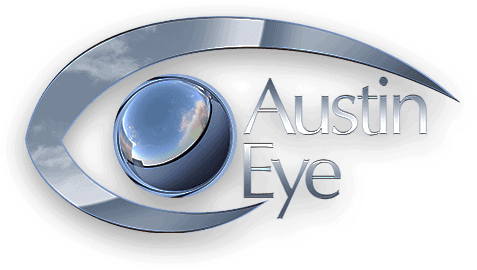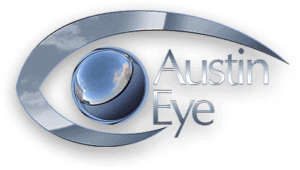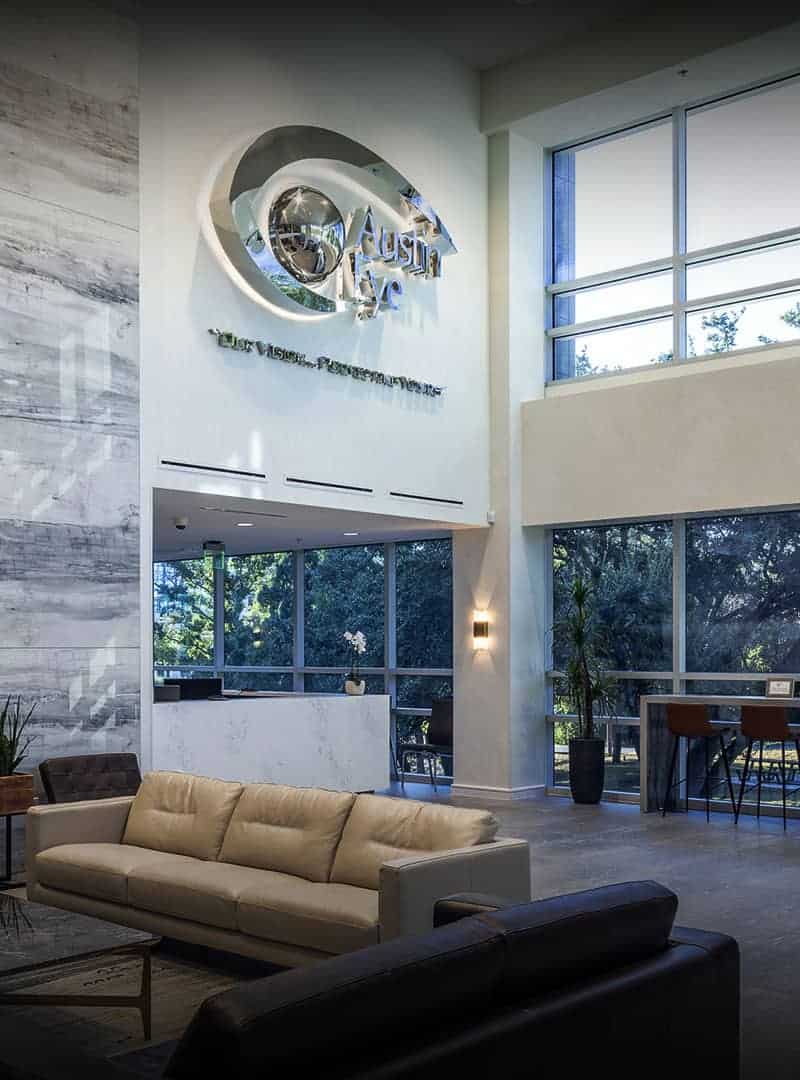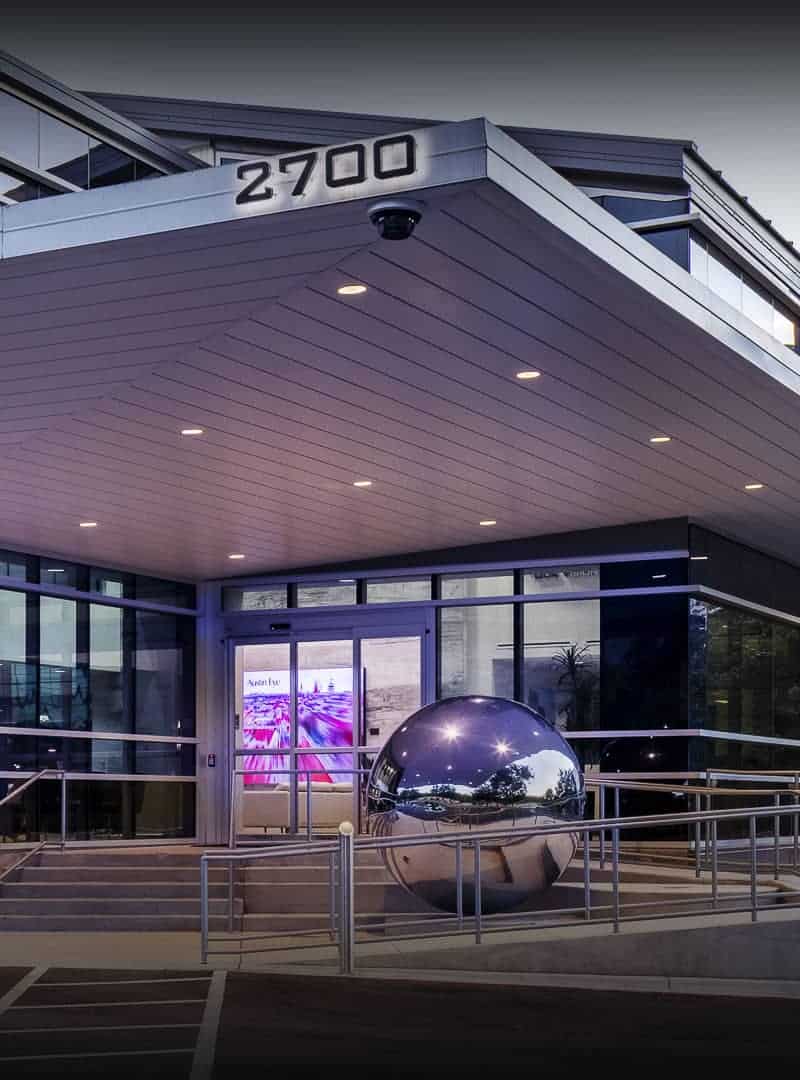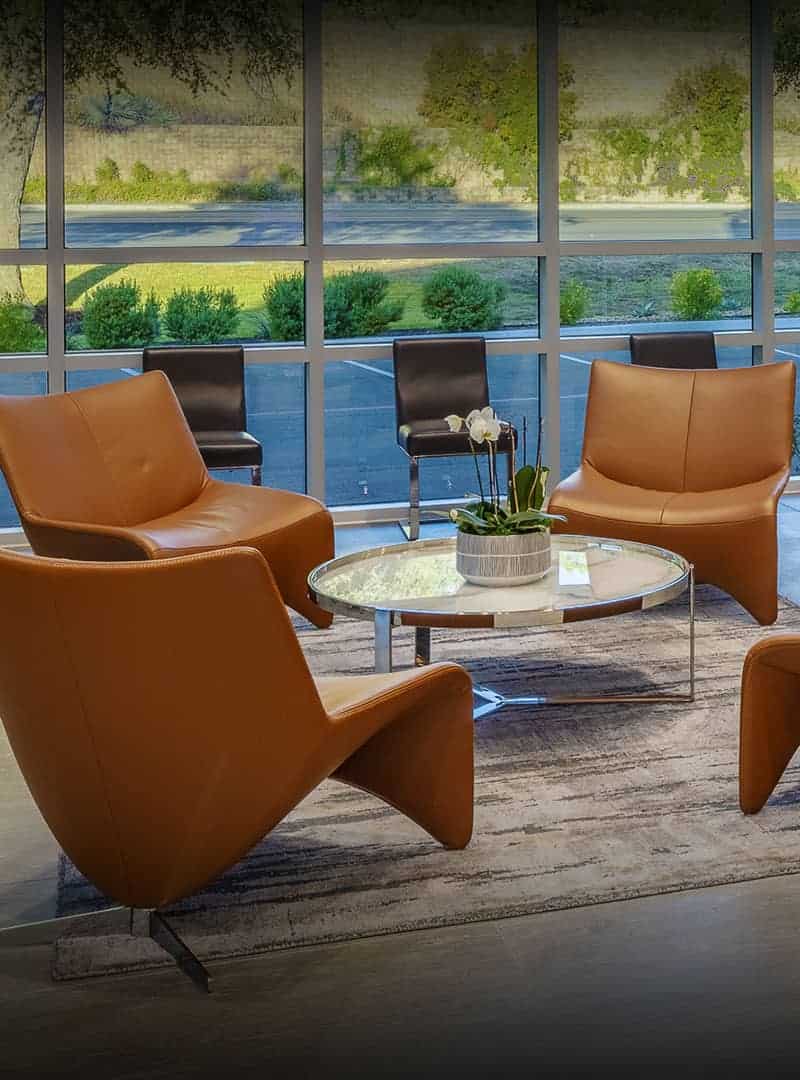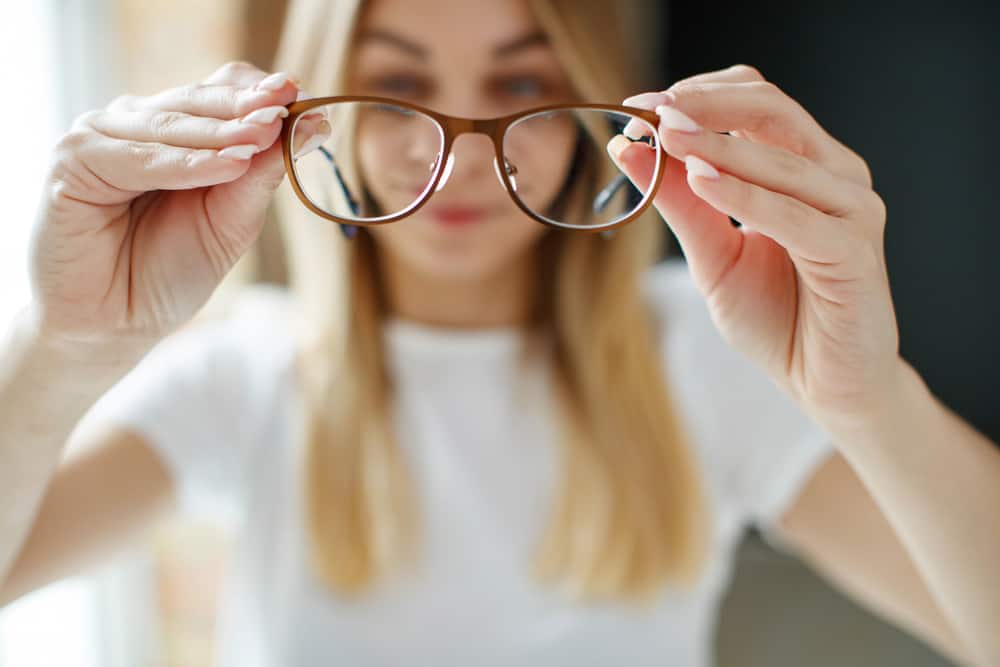
Myopia , better known as nearsightedness, is the most common kind of refractive error. Over 40% of Americans have difficulty focusing on objects in the distance, and that number has been trending upward over time. In this blog, the fantastic team of eye doctors at Austin Eye review some of your options for overcoming myopia so you do not need to squint when looking at objects far away.
For Adults
Prescription eyewear (glasses, contact lenses) is the most common way adults overcome their nearsightedness for clearer distance vision. However, many people do not enjoy the hassles of wearing lenses. Those who would prefer to see clearly without wearing glasses or contacts daily have some surgical options.
The most popular choice is LASIK. This refractive surgery uses a laser to safely reshape the cornea so that incoming light travels normally to the retina. PRK (photorefractive keratectomy) is a similar procedure that is better for some patients who may not be ideal candidates for LASIK.
Patients middle age and older are often better suited for premium lens replacement, a surgery that replaces the eye’s natural lens with an artificial lens that corrects distance vision. This is a safe and permanent way to correct vision.
Another option is EVO ICL (implantable collamer lenses), which is often considered a permanent contact lens since it does not need to be removed. Instead of replacing the eye’s natural lens, the ICL is placed on the lens to correct the patient’s vision.
For Children
While some kids are born with myopia, others develop the condition over time. Typically, the eyes continue to grow until a person is in their early 20s, so it is not unusual for nearsightedness to worsen through adolescence. Thanks to advancements in our field, our doctors at Austin Eye now have some solutions for proactively stopping or slowing the progression of myopia.
Atropine is a prescription drug that is administered in low concentrations via eye drop nightly. Researchers have found it to be successful at slowing myopia progression.
Orthokeratology is a treatment in which a person wears rigid gas permeable contact lenses while sleeping. The lenses temporarily correct the shape of the cornea and can improve vision enough that the child does not need to wear prescription eyewear during the daytime.
Studies have also found that children who wear multifocal contact lenses can slow their progression of myopia, which may help to limit their dependence on prescription eyewear later in life.
Schedule an Appointment with Top Eye Doctors
No matter your age, our optometrists and ophthalmologists have several great solutions for helping you to negate your myopia and achieve crisp vision for objects that are further away. To schedule an appointment with our renowned eye team, please call Austin Eye at (512) 250-2020.
